Design faux pas could cost you your dream kitchen and, as a result, your dream home. Learn to dodge them by keeping these key factors in mind when renovating.
Weigh in Your Needs
It may be tempting to try to equip your kitchen with every other domestic appliance and implements available – more so if you’re setting up the space for the first time. But such acquisitions might not even be in accord with what you and your family require. What’s more, equipment takes up precious real estate in an area with limited footprint. Assess your folks’ needs to ascertain the pieces you should invest in. For instance, a massive double-door refrigerator might meet the demands of a large household; but if you and your other half eat out most times, consider a slimmer alternative.
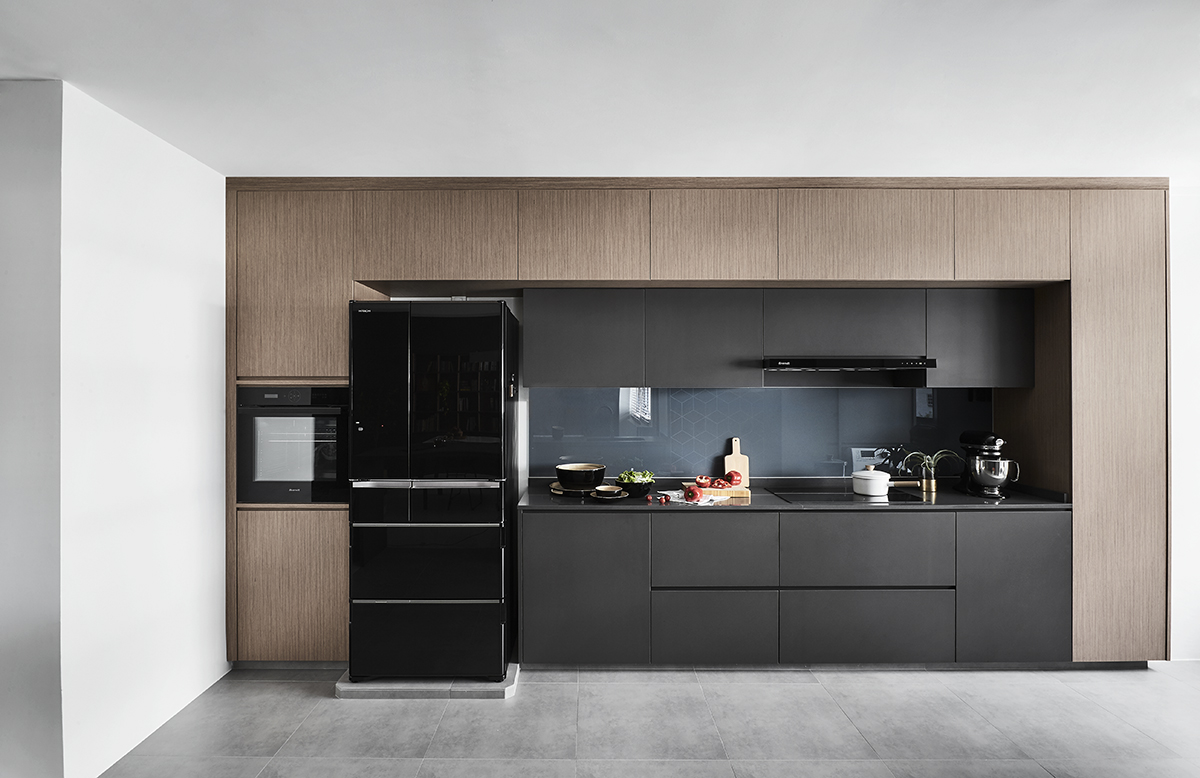
Image courtesy of Dan’s Workshop
Suitable Surfaces
When it comes to finishes, it is no surprise that home dwellers tend to make the mistake of basing their decision on aesthetics alone. Surfaces span across a major portion of the kitchen, creating the most visual impact here. But bear in mind that zones like the floor and countertop are subjected to heavy traffic, hard knocks and spills and splashes on a regular basis. This means the room’s materials palette should not only satisfy your palate, it should be able to serve your creature habits as well. Take for example marble worktops. Although pretty in pictures, they won’t be able to stand up to the daily rigours of a demanding household. Busy cook spaces should instead be equipped with engineered stones the likes of quartz. Apart from being tougher, these surfaces are just as good-looking. After all, we believe a great kitchen is one that’s equal parts form and function.
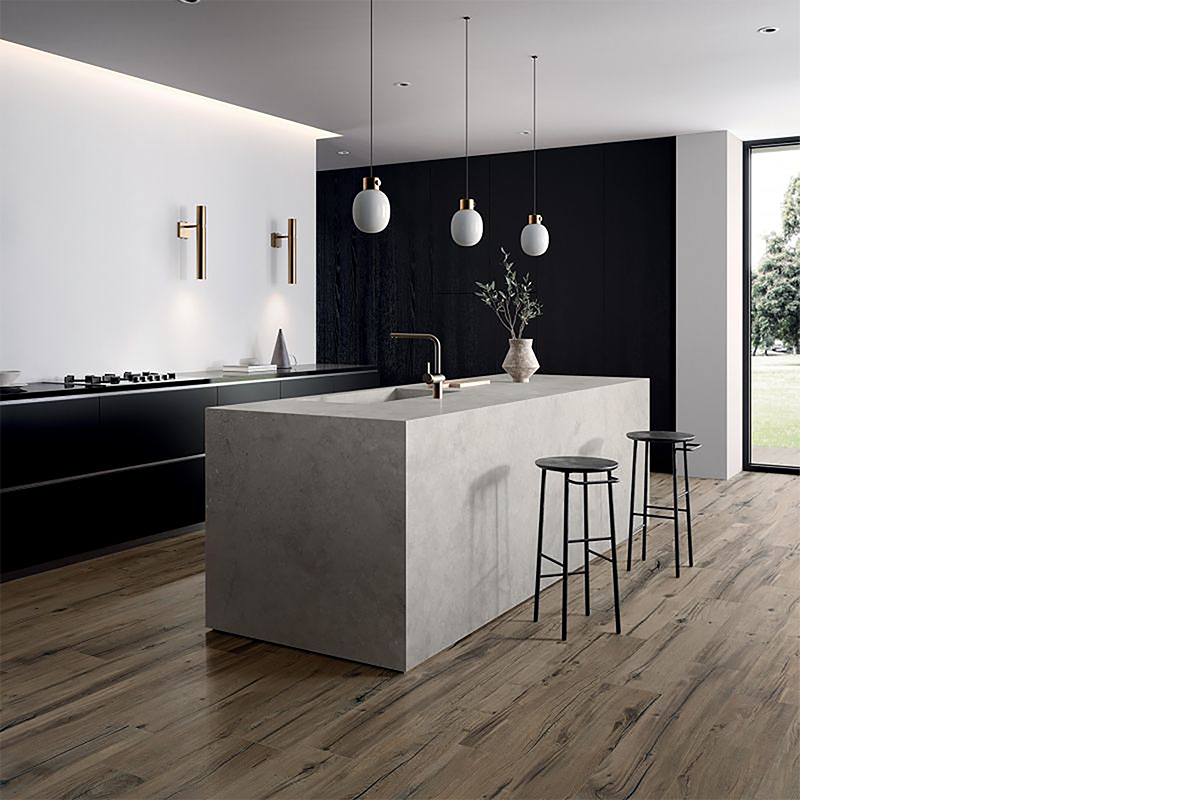
Image courtesy of
Staying Power
Trends come and go, making it easy for excited homeowners to blindly follow fads. To avoid remorse over your decision down the road, we suggest going for the more prudent route by first laying down the foundation with a style that possesses greater staying power. This could be the classic all-white, laidback Scandinavian or even sleek modern designs. Inject an on-trend slant into your space sans the commitment by using accents and accessories – for instance, the latest hot hue splashed on the walls or serve-ware adorned in a trending pattern. What’s great is that these elements can easily be swapped out for a fresh new look without the need for a complete overhaul in the years to come.
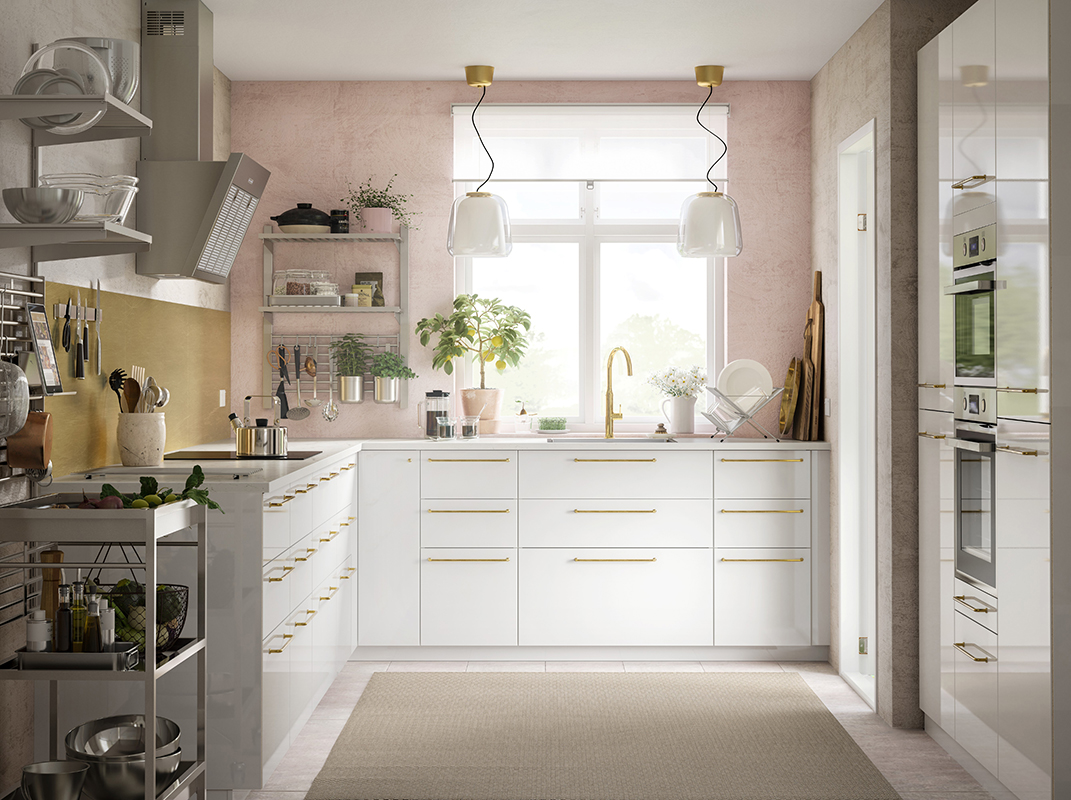
Image courtesy of IKEA
Clear the Air
It might not be the most exciting aspect of kitchen design, but ventilation plays a significant role in keeping the place comfortable during a cookout. With a proper ventilation system in place, smoke and greasy odours would linger around less as well. Those who partake in heavy-duty cooking should invest in a powerful hood equipped with a suction level that matches your cooking intensity. A partition – such as a glass door – would also help keep the air in the common areas crisp and clear. But if you rarely utilise the hob, a strategically placed fan can easily cool the temperature down and direct any unwanted smoke and smell out the window.

Image courtesy of KDot Associates
TIP: Not only is white timeless, it has adaptability as a foundation – giving design-savvy owners the liberty to endlessly update their space using a splash of colour on the walls or hardware pulls.
Stay Connected
Some might forsake the kitchen work triangle, deeming it a design principle that’s dated. On the contrary, there’s a reason why this rule still applies until today. No matter if your space is small or spacious, this rule keeps it operating efficiently. The working triangle connects three of the busiest areas in the kitchen – that’s your cooker, sink and fridge – within close proximity with each segment forming the lines of the elementary shape. Keep the distance between each station between four to nine feet to ease movement and enhance traffic flow in a place where function comes foremost.
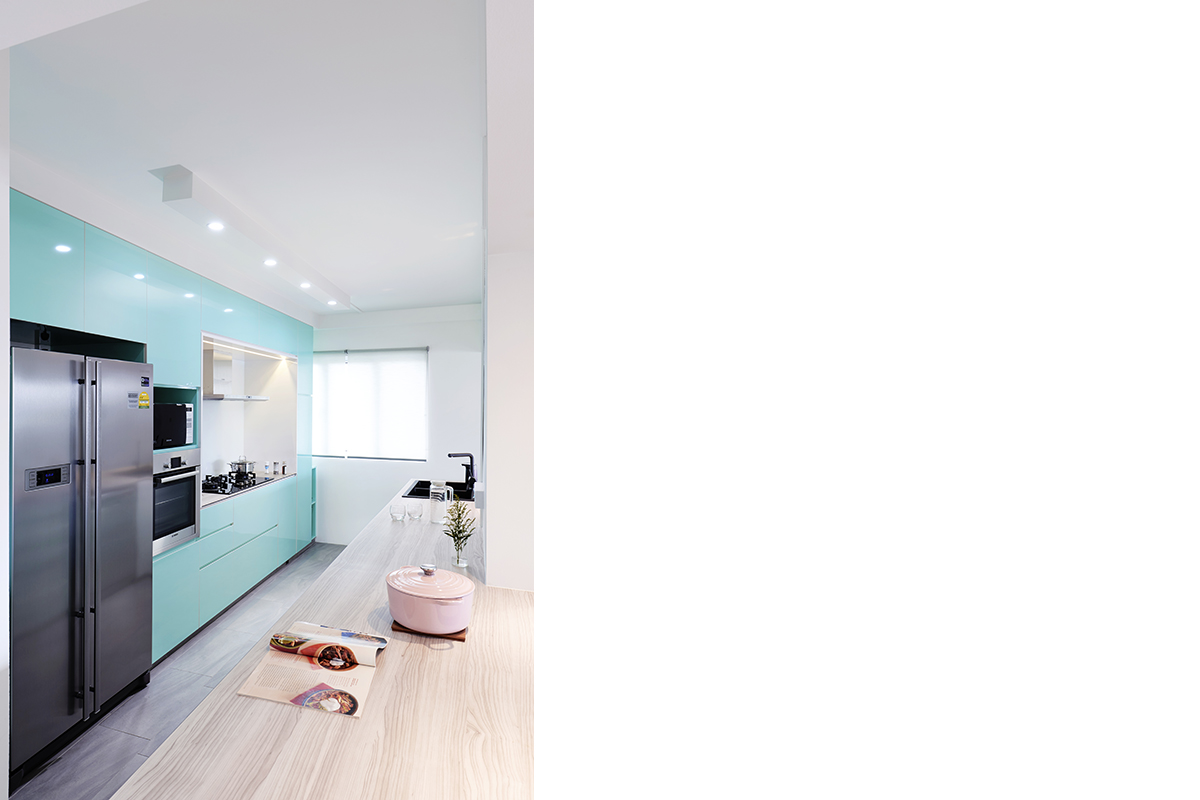
Image courtesy of Studio Forty Four
Lay it Out
The recipe for successful space planning in the kitchen is simple: it should be designed with family-friendly functionality in mind. Traditionally a task-oriented zone, modern home structures have now transformed it into a multi-tasking room where socialising and even after-school or post-work activities take place. The hub of home should then be able to accommodate more than just meal preparations. Keep this mind especially when navigating an awkward floor plan. Alternate an island with a peninsula to make way for maneuvering, or restrict to only a single run of cabinets should you decide on a galley. Don’t disregard appliance placement. These items need clearance in order to be opened freely – provide your designer with a complete measurement of your equipment to thwart any potential glitches.
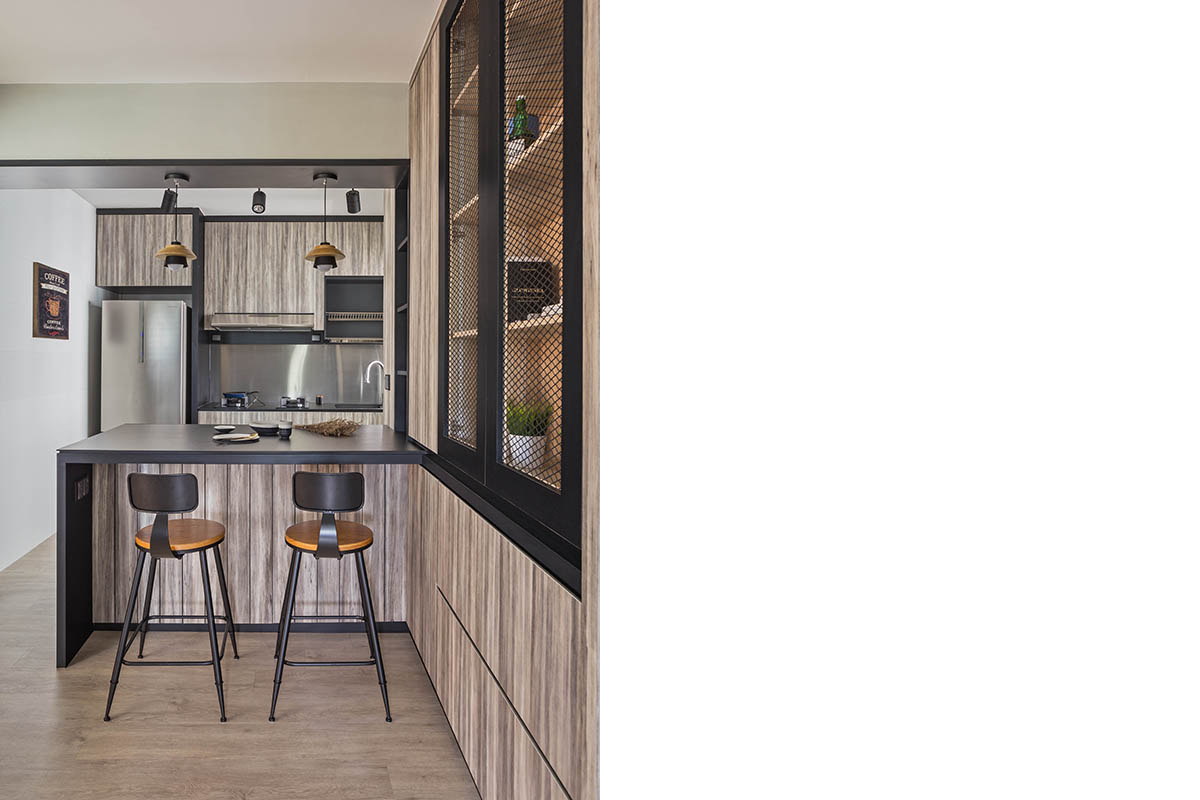
Image courtesy of KDot Associates
In Best Light
Just like in any part of the dwelling, good lighting makes all the difference in the way a room looks, feels and functions. That said, a well-executed lighting plan is particularly important in the kitchen because as one of the most hardworking places at home, it needs to be well-lit to make meal preparation a more comfortable and safe affair. General overhead lighting floods the proximity with brightness, but they’re not sufficient on their own and should be supplemented by task lights. We suggest investing in under-cabinet lights for illuminating the surfaces of work stations like the worktop. Go a step further and make your space shine with ambient light. They help accentuate a focal point – say, a central island – and add to the area’s ambience as well.

Image courtesy of Free Space Intent
TIP: Cabinet and drawer space tends to be short in supply. Sneak additional storage in by taking advantage of rails, hooks and shelving units. Install everyday essentials within reach to maximise efficiency.
Be Storage Savvy
Not only is it a place for cooking, the kitchen is also storehouse to a bounty of treasures from cook’s tools and crockery to provisions and your favourite china. Adequate storage is important to control the chaos here, but it’s not just about maxing out on the available real estate. Carving out the right type of niche is equally essential in ensuring this part of the abode works most efficiently for you. Think interior organisers for utensils, larger cavities for pots and pans, or pullouts for pantry supplies. To ensure every item has its very own nook, make an inventory of everything that will make their way into this zone.

Image courtesy of IKEA
This was adapted from an article originally published in the October 2019 issue of SquareRooms.



